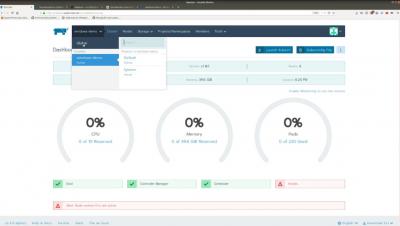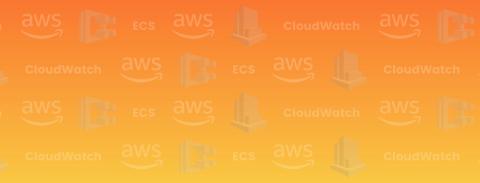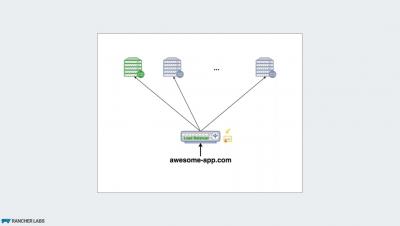Top 5 Key Performance Dashboards
Measuring performance can be really overwhelming. With tons of data and metrics to measure, it’s not surprising that it’s often difficult to make sense of it all. Here are 5 key dashboards for working on your performance.











